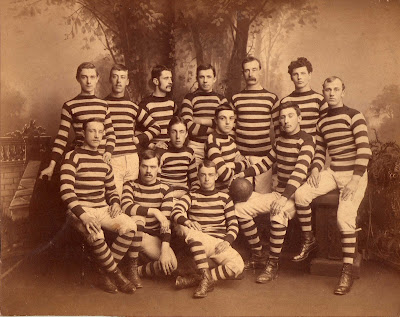I wrote this version of the old story a long while ago for schoolchildren and had quite forgotten it until I came upon it recently.
I have to admit - this is one blog post for which I really cannot make any claims of historical accuracy!
Once, long ago, when wolves hunted along the high moors and down the wooded valleys, there came one spring morning a mighty dragon to Sexhow.
Down he flew and his shadow darkened the sky, and the children of Sexhow and Hutton and Rudby ran from their houses and down to the church where the bridge crosses the river and their elders came out and stood before the dragon and trembled for their lives.
Down flew the dragon and wrapped his great tail three times around himself and roared in a voice that shook the hills that he must be fed or he would lay waste the land.
"What can we give you?" called the people, quaking. "We are a land without children. Your kind have taken them all."
The dragon hissed and his poisonous breath scorched the trees on Folly Hill.
"Then it must be milk," he groaned. "Milk me nine cows and I will drink it now."
And every day he called for milk and hissed and roared until the ground where he lay was brown and burned and bare. And the villagers worked and toiled. There were no children to help them. The children were playing hide and seek among the trees by the river where the dragon could not see them.
"This is too much!" groaned the fathers as they hitched the oxen to the plough.
"This is too much!" sighed the mothers as they fed the chickens and swept the floors.
The dragon hissed for milk and the children skimmed stones across the river.
And so it went on through the long summer days and the parents grew wearier and the dragon grew fatter and the children grew wilder. And the lord of the castle at Whorlton whose walls were black from the dragon's smoky breath called for champions to save his people from their plight.
But no one came.
"This dragon is no match for us," said the King's knights. "There is no glory in fighting a dragon who drinks milk."
And so the parents toiled and the children played and the dragon hissed until there came at last an unknown knight journeying north to seek adventure. He came one evening to the castle and the lord begged him to rid the land of the fiery serpent and the knight agreed.
"But only," said he, "if no one knows my name. There is no honour in killing a dragon who drinks milk."
And early in the morning, so early that the villagers had not yet begun to milk the nine cows for the dragon's breakfast, he left the castle and surprised the dragon as it snored and, driving his spear deep into its heart, he left it dead and went on his way.
The villagers were overjoyed and took their knives and skinned the great beast and hung its scaly pelt up in the church by the river in thanksgiving for the unknown knight whose bravery had saved them all. And the children every Sunday would gaze at the dead dragon's wrinkled skin and remember the long summer when they had played all day.
And so my story ends. But where the dragon skin is now, that nobody knows.






















